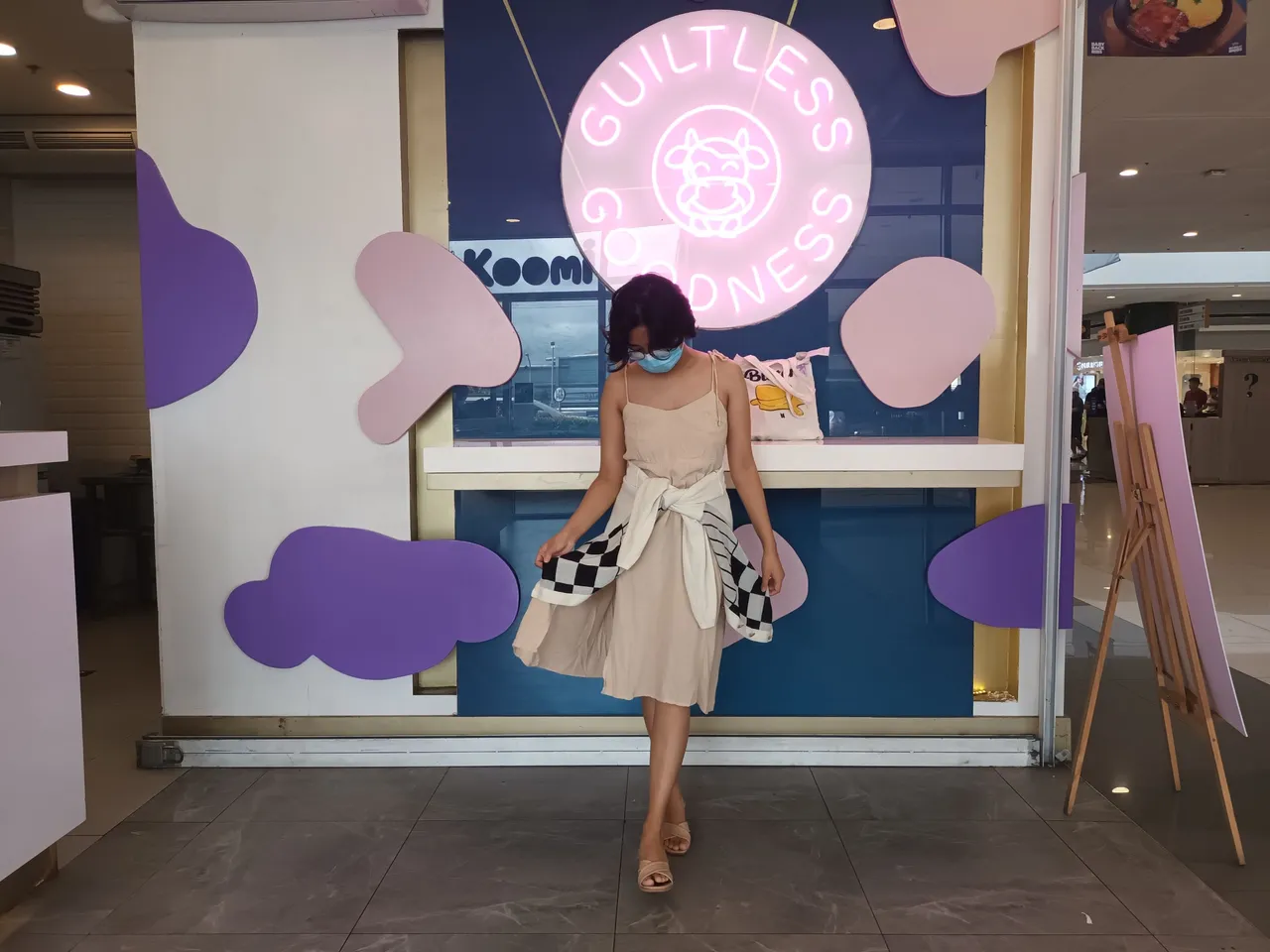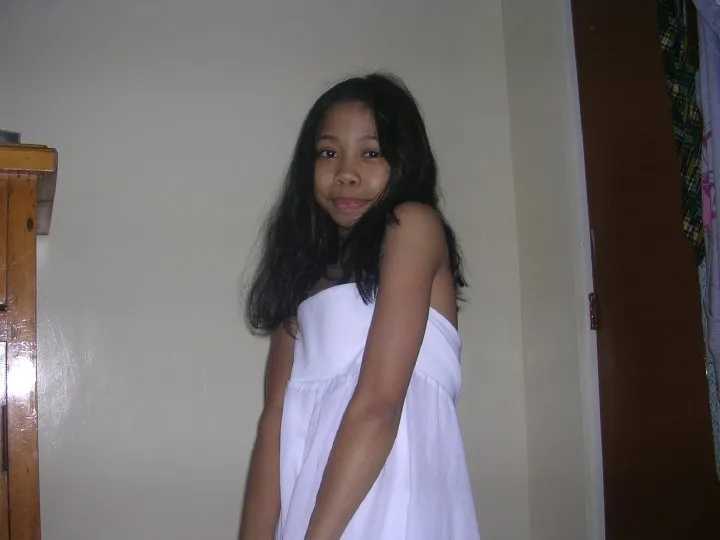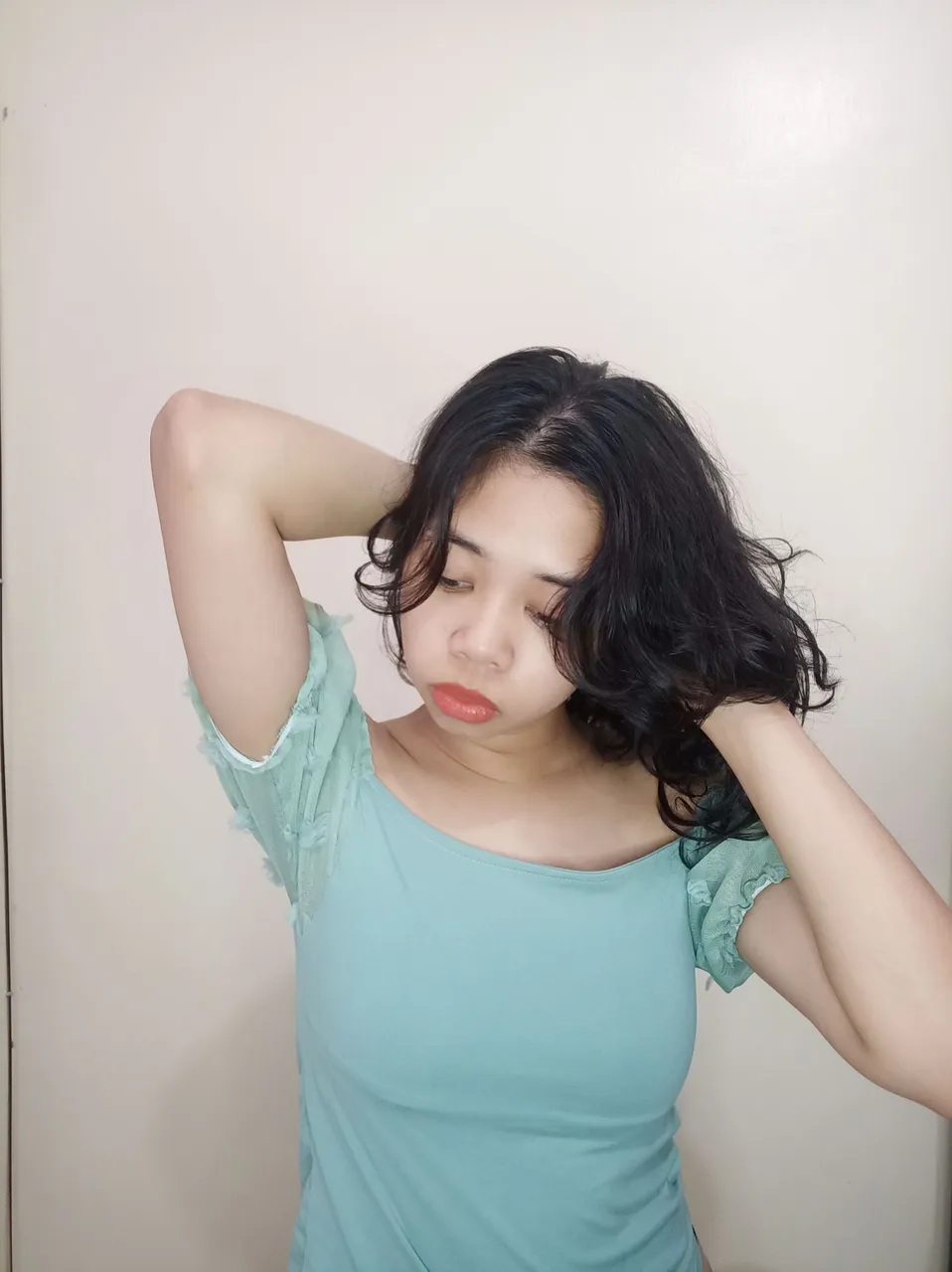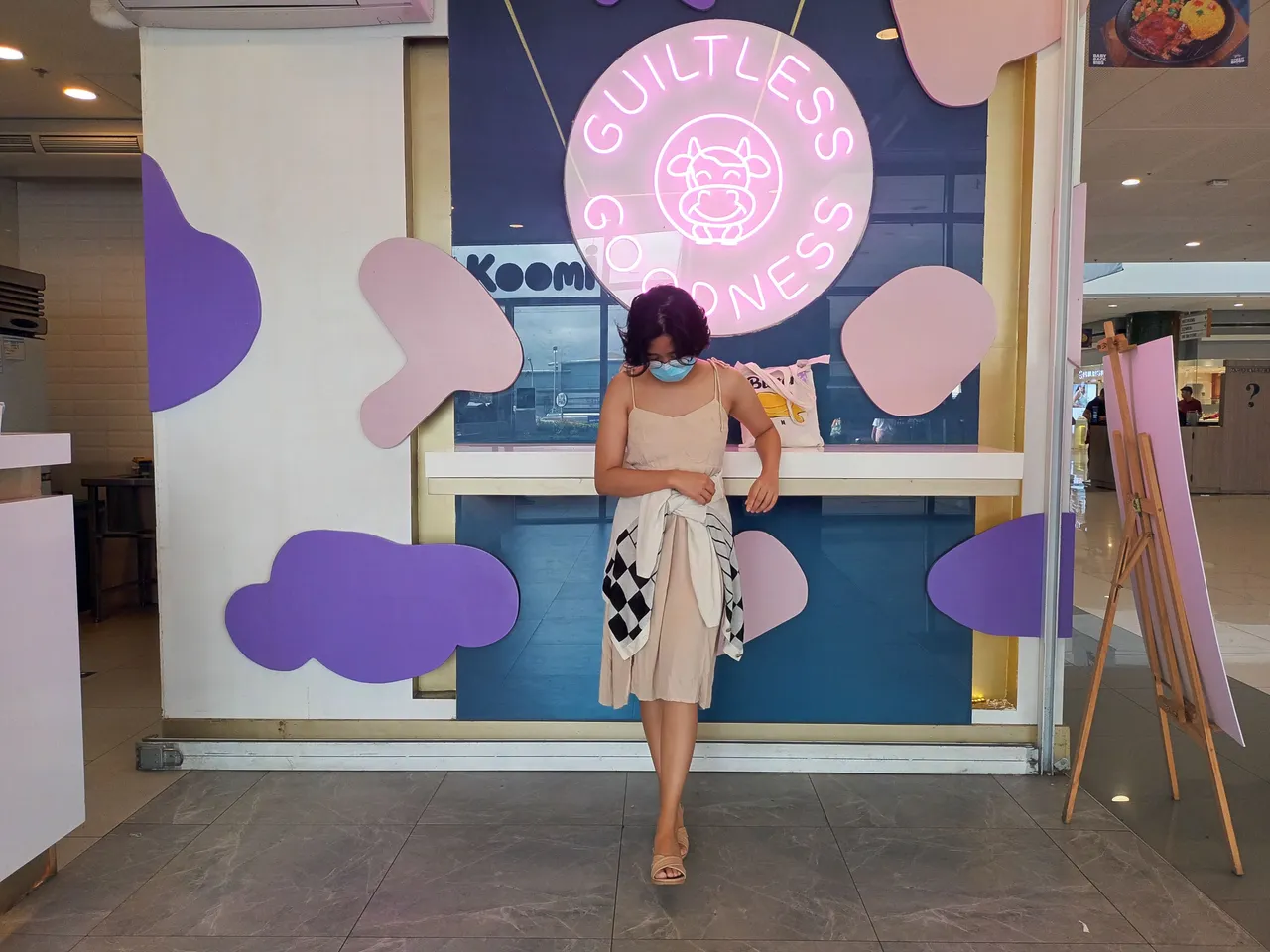Hi dear readers! I’m taking a somewhat deep dive into my healing journey regarding my gender identity and expression. Specifically, I’m responding to the #weekend-engagement week 139 by @galenkp on the subject of loss.

Saturdate at a froyo shop 💜
If you’re interested in learning how I discovered my true self and navigated the effects of patriarchy on a person’s sense of self, then you’re welcome to thread on lightly.
Clearing up the definitions
Before we get started, we must know that gender has three dimensions. Cherry (2021) noted their differences:
- Gender is not the same as the assigned sex at birth. It refers to the social and cultural characteristics associated with masculinity, femininity, and nonbinary identities.
- Gender identity refers to their own internal sense of gender.
- Gender expression refers to how a person presents their gender to the world.
Essentially, it’s all about your deeply-held inner feelings of whether you see yourself as a female or male, both, or neither. Also, it’s how you show up to the world however you want to.
I would be talking about the patriarchy, so here’s a definition from the Asian Pacific Institute on Gender-Based Violence (2017):
“It is a system for maintaining class, gender, racial, and heterosexual privilege and the status quo of power.”
The reality is, patriarchal beliefs affect our gender identity since it “impose masculinity and femininity character stereotypes in society which strengthen the iniquitous power relations between men and women,” (Rawat, 2014).
Gender in the Philippines
Our country accepts only two genders, a man or a woman, due to the heavy influence of social, cultural, and religious factors – stemming from the patriarchy (Sikweyiya, et al., 2020).
To be otherwise makes you a target for discrimination. Pagulayan (2022) said members of the LGBTQIA+ community receive conscious or unconscious discriminatory or transphobic remarks in their daily lives.
Some suffered worse consequences for being different. Redfern (2021) said at least 50 transgender or gender nonbinary individuals were killed since 2010.
The LGBTQIA+ community is depowered by the patriarchy because there could only be two genders where men (the patriarchs) have superior power over women. There is a deep-seated ideology that the genders have roles: a man’s duty to provide and a woman’s obligation to her husband.
It’s a binding custom that limits both men and women to a set of character stereotypes.
And I don’t seem to identify with either of them.
The patriarchy and me

The patriarchy told me that I am a girl since I was assigned female at birth.
The patriarchy told my mother I should like pink and play with my dolls.
The patriarchy told my aunts I should sit pretty and act like a lady.

During fiestas, the patriarchy told me to help in the kitchen and be a helpful maiden.
During reunions, the patriarchy told me to swallow the body shaming of my relatives. And not to have too much food on my plate.
During recess, the patriarchy told me to be mindful of my skirt and not to run around.
At home, the patriarchy told me to watch rom-coms and chase after boys.

All these shoulds made me lose touch with my favorite colors, my favorite oversized shirt, my favorite hobby of running with the wind, laughing out loud, and not caring about my messy curly hair.
Or not caring if my clothes looked like a boy, or if I talked like a boy, or if I lit up when I saw a Barbie film. Or if I felt like I was a male anime character or a cute bubblegum girl the next day.
At one point, I had to lose my femininity because I was suffocated by the cultural expectations that come with it.
Although being feminine is a part of me, I needed the distance to evaluate how much of it was truly me and not just a patriarchal belief.
Discovering my true self
The first step to bringing back my sense of self is awareness. I learned about patriarchal structures, misogyny, racism, sexism, and feminism, which I still learn today. The most distinct “Aha!” moment was hearing the word “male gaze”.
It turned out that I was performing an unconscious feminine act to please men (another patriarchal effect). Since then, I promised to snap out of it whenever I get the urge to “pretend” I’m a girly girl.
The second time I felt like I was reclaiming myself was when I learned the term “queer,” an umbrella catch-all word for not being cisgender or straight. I didn’t know I could just be queer!
Then there was a moment when I realized that clothes don’t have a gender! They are just pieces of fabric sewn together that could mean nothing or everything to you.
So it’s okay if I wear jersey shorts.
It’s okay if I want to wear tech gear.
It’s okay if I want to wear a dress.



Facing my femininity again meant being empowered by my own choices. I know I have a long way to go, but I'm fortunate I feel safe enough to explore my gender - a non-binary hot mess!
Thank you for reading 💜😊
Let's make it safe for others too. You may want to educate yourself on the SOGIE Equality Bill and support the cause. Or begin with kindness - be a place for people to freely express who they are.
The images in this post are mine and are not for your use.